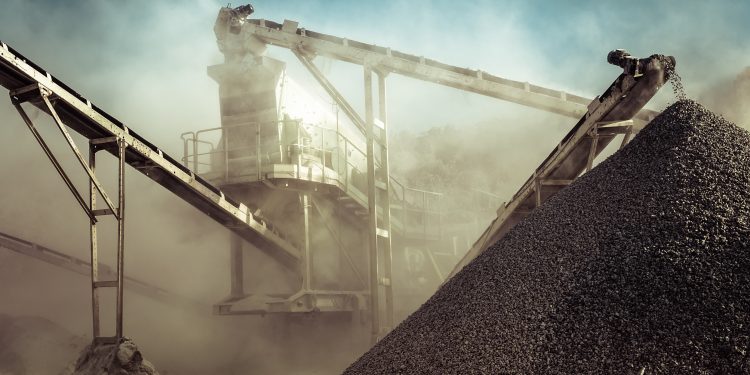As Gulf nations seek to expand their economic horizons beyond the oil sector, they have set their sights on the global mining industry, channeling substantial financial resources into acquiring critical minerals needed for clean energy production. This strategic move is reshaping the landscape of the mining sector and providing an alternative to the traditional dominance of Western and Chinese interests.
In a high-profile acquisition, International Resources Holding (IRH), a subsidiary of the Abu Dhabi-based conglomerate International Holding Co., seized a majority stake in Zambia’s Mopani Copper Mines for a whopping US$1.1 billion. This ambitious purchase by the Gulf entity highlights the region’s intent to become a pivotal player in the mining world.
Tom Harley, managing director of mining advisory Dragoman, summed up the sentiment: The Saudis are so palpably ambitious: even if they achieve 60 per cent of what they are after, then it will be enormous.
Saudi Arabia is aiming to propel mining to a key economic pillar, targeting a contribution of US$75 billion by 2035, while Oman and Qatar are also actively pursuing investments in the sector. The overarching goal is to secure a stable supply of essential minerals such as copper, iron ore, and lithium, which are critical for technologies such as electric vehicles and renewable energy.
The involvement of these Middle Eastern nations offers resource-rich countries an alternative to the polarizing influence of the US and China. Zambian President Hakainde Hichilema emphasized the importance of diversification, stating that prudent risk management involves not putting all one’s eggs in one basket.
However, the influx of Gulf capital into the mining sector is not without its challenges. Critics call for caution, pointing to the need for greater transparency and accountability, especially in terms of environmental and community impacts.
The United States has welcomed the Gulf’s foray into mining, viewing it as a counterbalance to China’s control over processing critical minerals. The US is even facilitating investments by its Middle Eastern allies into African regions where Western companies face difficulties.
In a testament to the neutrality of the Middle East in geopolitical terms, Canadian-based SRG Mining Inc. announced it would relocate to the UAE to escape the political backlash from a failed collaboration with a Chinese firm. Mark Cutifani, chair of Vale Base Metals, lauded the Gulf’s open trade with both the US and China, highlighting the complex political landscape that businesses must navigate.
To meet climate change objectives, an estimated US$4.1 trillion investment in mining and related activities is required. Gulf states, armed with significant oil revenues and facing a future where hydrocarbons are phased out, are well-positioned to fund this transition.
Saudi Arabia, under its Vision 2030 initiative, is gearing up to leverage its massive mineral assets, estimated at US$2.5 trillion. The country is looking to secure international minerals for domestic processing through strategic partnerships and investments.
As part of this broader strategy, Gulf states are not only investing in mining but also in related infrastructure in African nations, promising an integrated approach that includes developments in agriculture, energy, and logistics.
Yet, concerns linger about the potential for these investments to mirror the opaque deals characteristic of China’s Belt and Road Initiative. The rapid pace of deals, such as the Mopani acquisition, has raised questions about the ability to manage complex issues associated with large-scale resource extraction.
The success of Gulf investments in the mining sector will hinge on their ability to deliver technical expertise, community benefits, and infrastructure development, while also meeting their own strategic and economic objectives. The long-term impact of these ventures remains to be seen, but the immediate effect is a significant shift in the global mining landscape.


